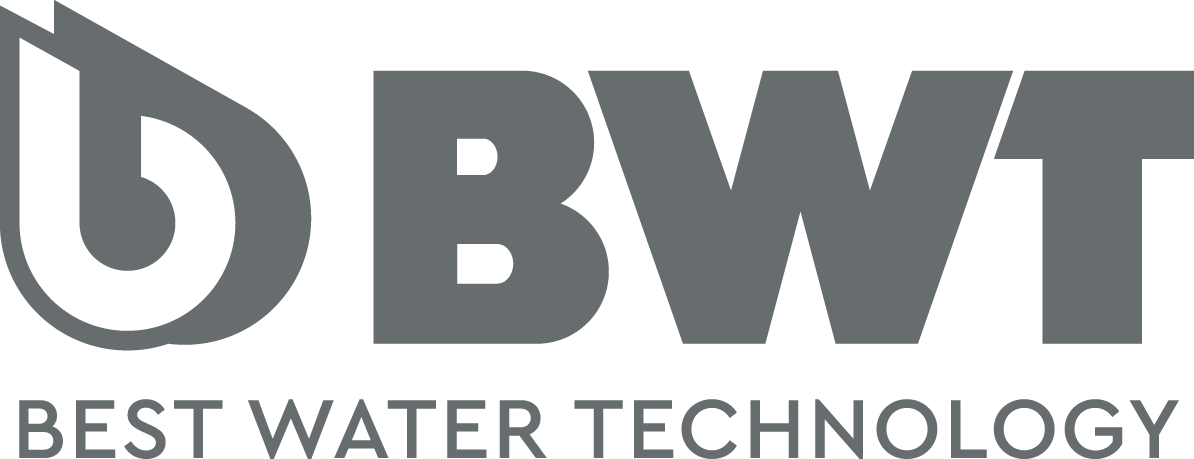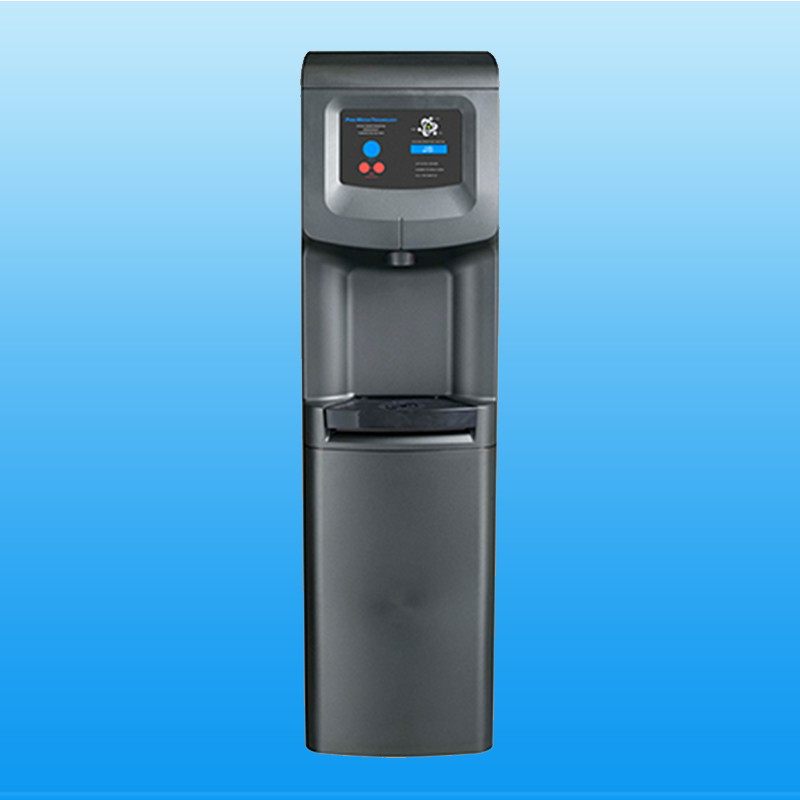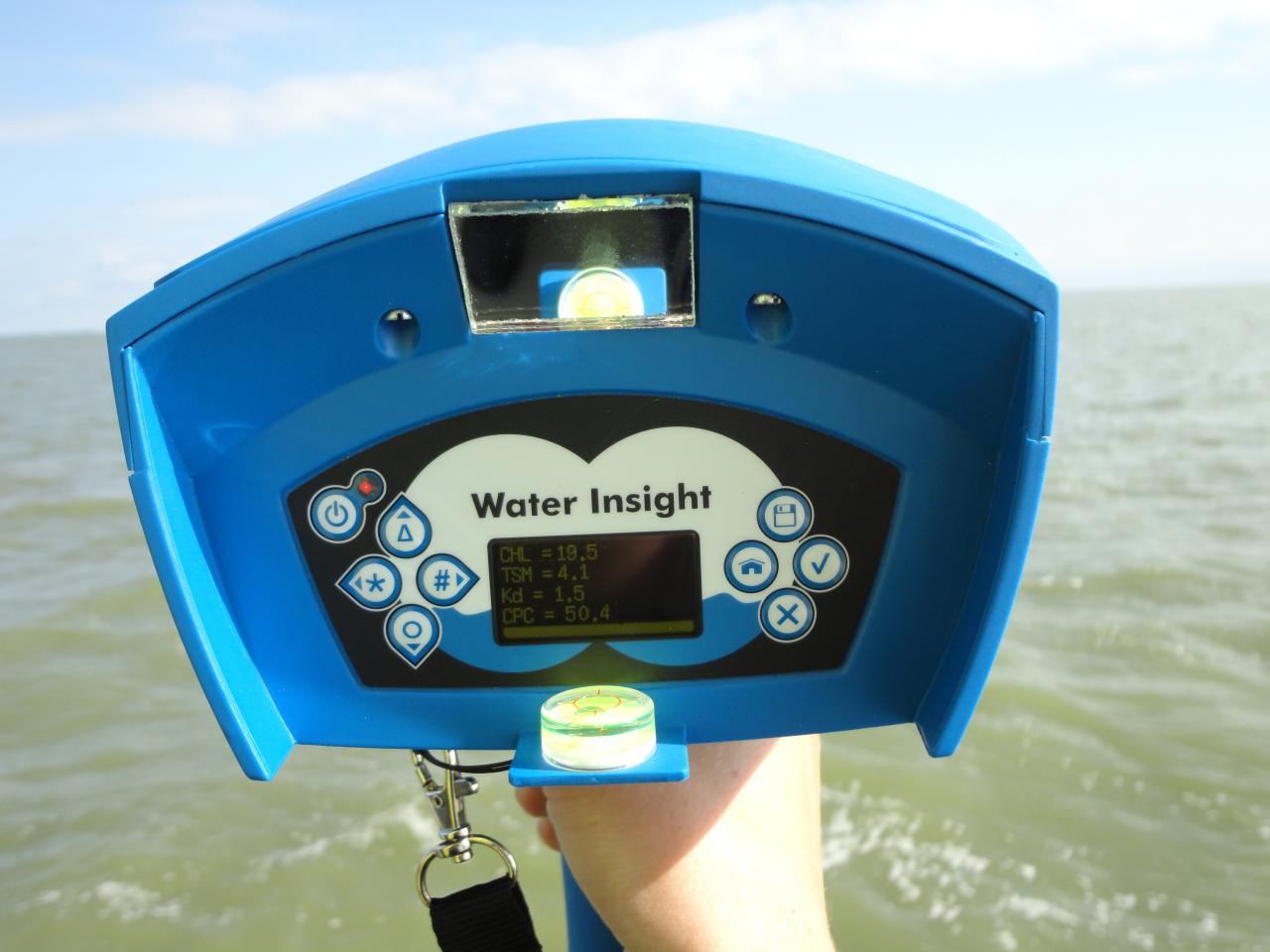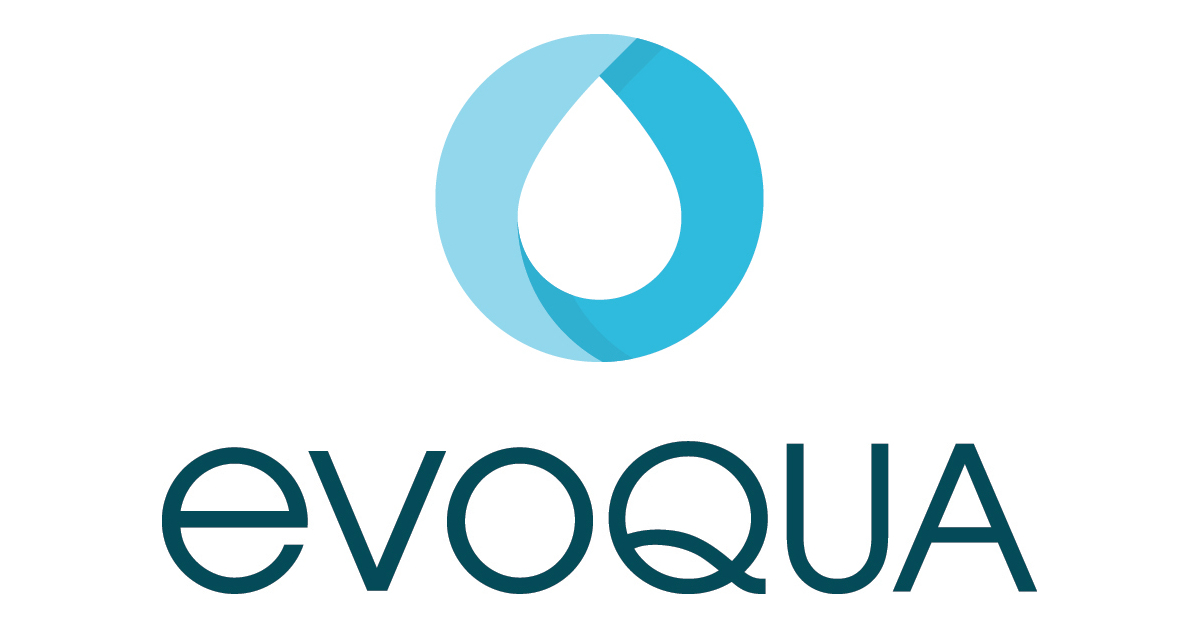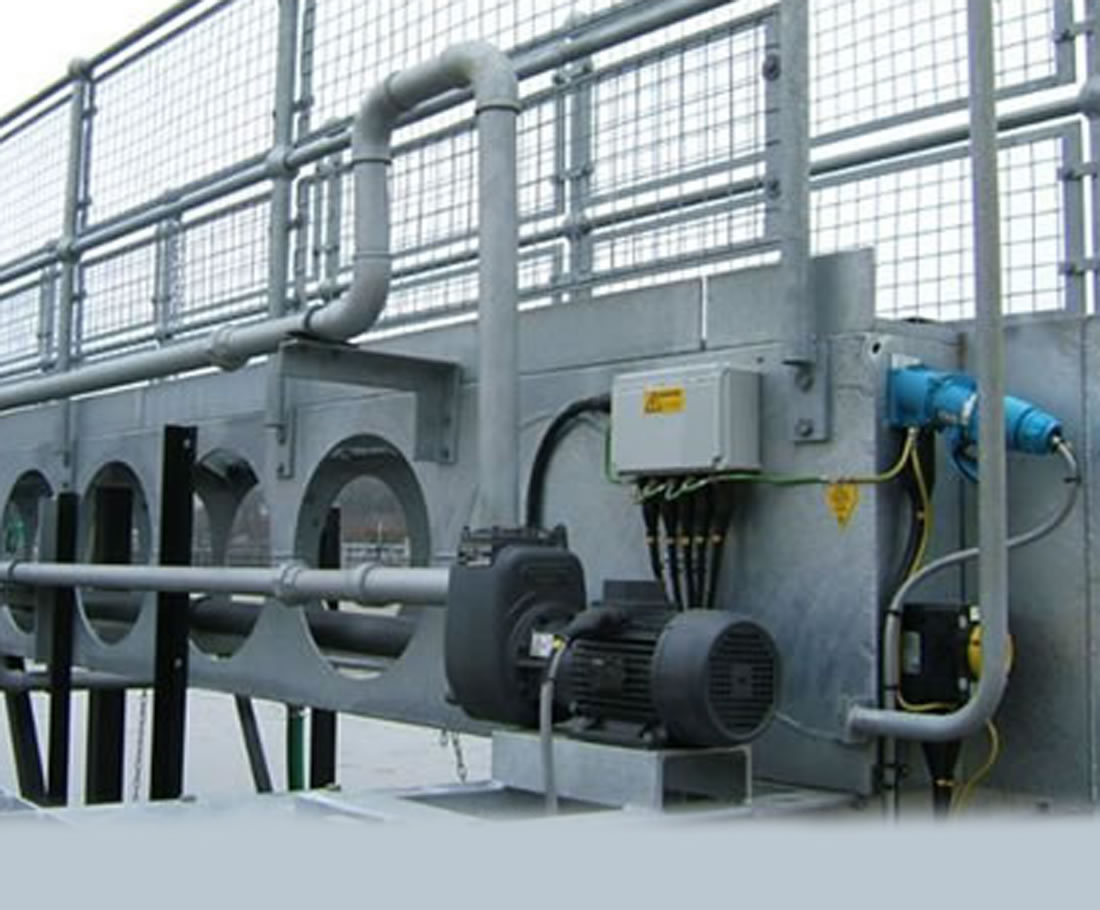Water Line Technology: Modern Infrastructures Lifeline
Water line technology plays a critical role in modern infrastructure, ensuring the reliable delivery of clean water to homes, businesses, and industries. From the intricate network of pipes beneath our […]

Water line technology plays a critical role in modern infrastructure, ensuring the reliable delivery of clean water to homes, businesses, and industries. From the intricate network of pipes beneath our streets to the sophisticated systems that manage water distribution, water line technology has evolved significantly over the years, adapting to meet the growing demands of a global population.
This technology encompasses a wide range of materials, construction methods, and maintenance practices, each contributing to the efficient and sustainable management of our most precious resource. By exploring the history, evolution, and future of water line technology, we gain a deeper understanding of its impact on our daily lives and the critical role it plays in safeguarding our water supply.
Water Line Maintenance and Repair
Water line maintenance and repair are crucial aspects of ensuring a reliable and safe water supply. Regular maintenance helps prevent costly repairs and ensures the longevity of the water system.
Common Issues and Challenges
Several factors contribute to the need for water line maintenance and repair. Common issues include:
- Corrosion: Over time, water lines can corrode due to the presence of minerals and chemicals in the water. This can lead to leaks, reduced water flow, and even pipe failure.
- Leaks: Leaks can occur due to various factors, including corrosion, pipe damage, or faulty connections. They can result in water waste, structural damage, and potential health hazards.
- Sediment Buildup: Sediment can accumulate in water lines, restricting water flow and potentially damaging appliances. This is particularly common in areas with hard water.
- Root Intrusion: Tree roots can grow into water lines, causing blockages and leaks. This issue is more prevalent in areas with mature trees.
- Freezing: In cold climates, water lines can freeze and burst, causing significant damage to the water system and property.
- Aging Infrastructure: Older water lines are more susceptible to deterioration and failure. Replacing aging infrastructure is often necessary to maintain a reliable water supply.
Inspection Techniques and Technologies
Inspecting water lines is essential for identifying potential issues before they become major problems. Several techniques and technologies are employed for this purpose:
- Visual Inspection: A visual inspection involves examining the water lines for visible signs of damage, leaks, or corrosion. This can be done through manholes, access points, or by excavating the lines.
- Leak Detection: Leak detection methods use various technologies to pinpoint the location of leaks. Some common techniques include acoustic leak detection, ground penetrating radar, and infrared thermography.
- Pipe Camera Inspection: A pipe camera is inserted into the water line to provide a visual inspection of the interior. This allows for the detection of corrosion, blockages, and other internal damage.
- Water Pressure Testing: This method involves pressurizing the water line to check for leaks or weak points. It can help identify areas where the pipe is compromised.
Repair Techniques
Repairing water lines involves addressing the identified issues and restoring the water system to its functional state. Different repair techniques are used depending on the nature of the problem:
- Pipe Patching: Minor leaks or holes in the pipe can be repaired by patching them with specialized materials. This method is often used for temporary repairs or for small leaks.
- Pipe Replacement: If the damage is extensive or the pipe is beyond repair, it may need to be replaced. This involves excavating the affected section and installing a new pipe.
- Pipe Lining: This technique involves applying a protective lining to the interior of the pipe to prevent corrosion and extend its lifespan. It is a non-invasive method that can be used for existing pipes without excavation.
- Pipe Relining: Relining involves inserting a new liner into the existing pipe to create a new, leak-proof pipe within the old one. This method is less invasive than replacement and can be used for a variety of pipe materials.
Water Line Repair Process
The following flowchart illustrates the typical steps involved in a water line repair process:
[Flowchart:
– Step 1: Identify the problem. This may involve a visual inspection, leak detection, or other diagnostic techniques.
– Step 2: Assess the severity of the damage. Determine the extent of the repair required, including the length of pipe affected and the type of repair needed.
– Step 3: Plan the repair. This involves choosing the appropriate repair method, obtaining necessary permits, and coordinating with other utilities if necessary.
– Step 4: Prepare the work area. This may involve excavating the area around the affected pipe, disconnecting the water supply, and setting up safety precautions.
– Step 5: Perform the repair. This may involve patching, replacing, lining, or relining the pipe, depending on the chosen method.
– Step 6: Test the repair. Once the repair is complete, it should be tested to ensure it is watertight and functional.
– Step 7: Restore the work area. This involves backfilling the excavation, reconnecting the water supply, and removing any debris or equipment.
– Step 8: Final inspection. A final inspection should be conducted to ensure the repair meets all safety and quality standards.]
Water Line Technology Innovations
The field of water line technology is constantly evolving, driven by the need to improve water infrastructure efficiency, durability, and sustainability. Advancements in materials science, engineering, and digital technologies are paving the way for innovative solutions that address the challenges of aging infrastructure, water scarcity, and environmental concerns.
Smart Water Line Monitoring
Smart water line monitoring systems are revolutionizing the way we manage water infrastructure. These systems utilize sensors, data analytics, and machine learning to provide real-time insights into water line performance, detect leaks, and predict potential failures. This data-driven approach enables proactive maintenance, reduces water loss, and minimizes disruptions to water supply.
Advanced Materials for Water Lines, Water line technology
The use of advanced materials is improving the durability, longevity, and sustainability of water lines. For instance, high-density polyethylene (HDPE) pipes are gaining popularity due to their corrosion resistance, flexibility, and ease of installation. Composite materials, such as fiberglass-reinforced plastic (FRP), offer high strength-to-weight ratios and are resistant to chemicals and UV degradation.
Leak Detection and Repair Technologies
Leak detection and repair technologies are crucial for minimizing water loss and maintaining water infrastructure integrity. Acoustic leak detection systems use sound waves to pinpoint leaks, while ground penetrating radar (GPR) can detect leaks buried underground. Robotic leak detection and repair systems are also emerging, enabling faster and more efficient leak repair.
Water Line Rehabilitation Techniques
Water line rehabilitation techniques are essential for extending the life of existing infrastructure. Techniques such as pipe lining, cured-in-place pipe (CIPP), and trenchless pipe replacement minimize disruption to surrounding areas and reduce the cost and time associated with traditional excavation methods.
Research and Development in Water Line Technology
Ongoing research and development in water line technology are focusing on:
- Developing new materials with enhanced durability, corrosion resistance, and sustainability.
- Improving leak detection and repair technologies for greater accuracy and efficiency.
- Advancing water line monitoring systems for real-time performance data and predictive maintenance.
- Exploring innovative water line rehabilitation techniques for cost-effective and sustainable solutions.
Water Line Technology Applications

Water line technology plays a crucial role in various sectors, ensuring the efficient and reliable delivery of water for diverse purposes. From residential homes to large-scale industrial operations, water line technology is essential for maintaining a steady supply of clean water.
Applications Across Sectors
Water line technology finds application in various sectors, each with unique requirements and challenges.
- Residential: In homes, water line technology ensures the safe and efficient delivery of water for daily needs, including drinking, bathing, and household chores. Water line systems are designed to withstand pressure fluctuations and minimize leaks, ensuring a reliable water supply.
- Commercial: Commercial buildings, such as offices, hotels, and restaurants, rely heavily on water line technology to provide water for various purposes, including restrooms, kitchens, and HVAC systems. These systems are often more complex than residential systems, requiring specialized maintenance and repair services.
- Industrial: Industrial facilities, including manufacturing plants, power plants, and chemical processing facilities, have unique water line requirements due to the high volume and specialized nature of their water usage. Water line technology ensures the efficient delivery of water for cooling, processing, and other critical operations.
Water Line Technology and Sustainable Water Management
Water line technology plays a crucial role in promoting sustainable water management practices by minimizing water loss and maximizing efficiency.
- Leak Detection and Repair: Advanced leak detection technologies help identify leaks in water lines, preventing unnecessary water loss and reducing overall water consumption. Prompt repair of leaks ensures efficient water usage and reduces the environmental impact of water waste.
- Water Metering and Monitoring: Smart water meters and monitoring systems provide real-time data on water usage patterns, allowing for informed decision-making regarding water conservation efforts. By identifying areas of excessive water use, businesses and homeowners can implement measures to reduce consumption and conserve water resources.
- Water Reuse and Recycling: Water line technology facilitates the reuse and recycling of treated wastewater, reducing the demand for fresh water resources. By implementing systems for collecting and treating wastewater, industries and communities can minimize their environmental footprint and contribute to sustainable water management practices.
Components of a Typical Water Line System
A typical water line system comprises various components that work together to deliver water from the source to the point of use. The following diagram illustrates the key components and connections within a typical water line system:
[Diagram of a typical water line system, showcasing the following components and their connections:
– Water Source (e.g., well, reservoir, municipal water supply)
– Water Treatment System (e.g., filtration, disinfection)
– Water Meter (measuring water consumption)
– Main Water Line (carrying water from the source to the distribution system)
– Distribution System (network of pipes delivering water to individual outlets)
– Water Outlets (e.g., faucets, showers, appliances)
– Backflow Prevention Device (preventing contaminated water from entering the water supply)
– Pressure Regulator (maintaining consistent water pressure throughout the system)
– Water Heater (heating water for domestic use)
]
The Future of Water Line Technology
The field of water line technology is poised for significant advancements, driven by the convergence of innovative materials, intelligent sensors, and data-driven approaches. These developments promise to revolutionize how we manage and optimize water infrastructure, ensuring efficient and sustainable water delivery for generations to come.
Impact of Emerging Technologies
The integration of emerging technologies like smart sensors and artificial intelligence (AI) will fundamentally transform water line management.
- Smart Sensors: These sensors can be strategically placed along water lines to monitor various parameters, including pressure, flow rate, temperature, and water quality. Real-time data from these sensors provides invaluable insights into the health and performance of water lines, enabling proactive maintenance and early detection of leaks or other issues.
- AI-Powered Analytics: AI algorithms can analyze vast amounts of data collected from smart sensors, identifying patterns and anomalies that might otherwise go unnoticed. This allows for predictive maintenance, where potential problems are anticipated and addressed before they escalate into major disruptions.
Role in Addressing Global Water Challenges
Water line technology plays a crucial role in addressing global water challenges, including water scarcity, pollution, and infrastructure aging.
- Water Conservation: Advanced leak detection systems powered by smart sensors and AI can significantly reduce water loss, leading to substantial water conservation efforts. This is particularly critical in regions facing water scarcity.
- Water Quality Monitoring: Real-time water quality monitoring using smart sensors allows for immediate identification and mitigation of contamination events, ensuring safe and clean drinking water for communities.
- Infrastructure Optimization: Data-driven insights from water line technology can inform infrastructure upgrades and expansions, ensuring the efficient and reliable delivery of water to growing populations.
Final Conclusion
As we look towards the future, water line technology is poised for further innovation, driven by the need for more efficient, resilient, and sustainable water management solutions. The integration of smart sensors, AI, and advanced materials promises to revolutionize water distribution, enhance leak detection, and optimize water usage. By embracing these advancements, we can ensure a secure and sustainable water future for generations to come.
Water line technology, like a carefully constructed dam, keeps unwanted intrusions at bay. This is similar to the concept of endpoint application isolation and containment technology , where applications are isolated from the underlying operating system, creating a barrier against malicious activity.
By creating a controlled environment, both water line technology and endpoint isolation ensure a secure and efficient flow of data and resources.
